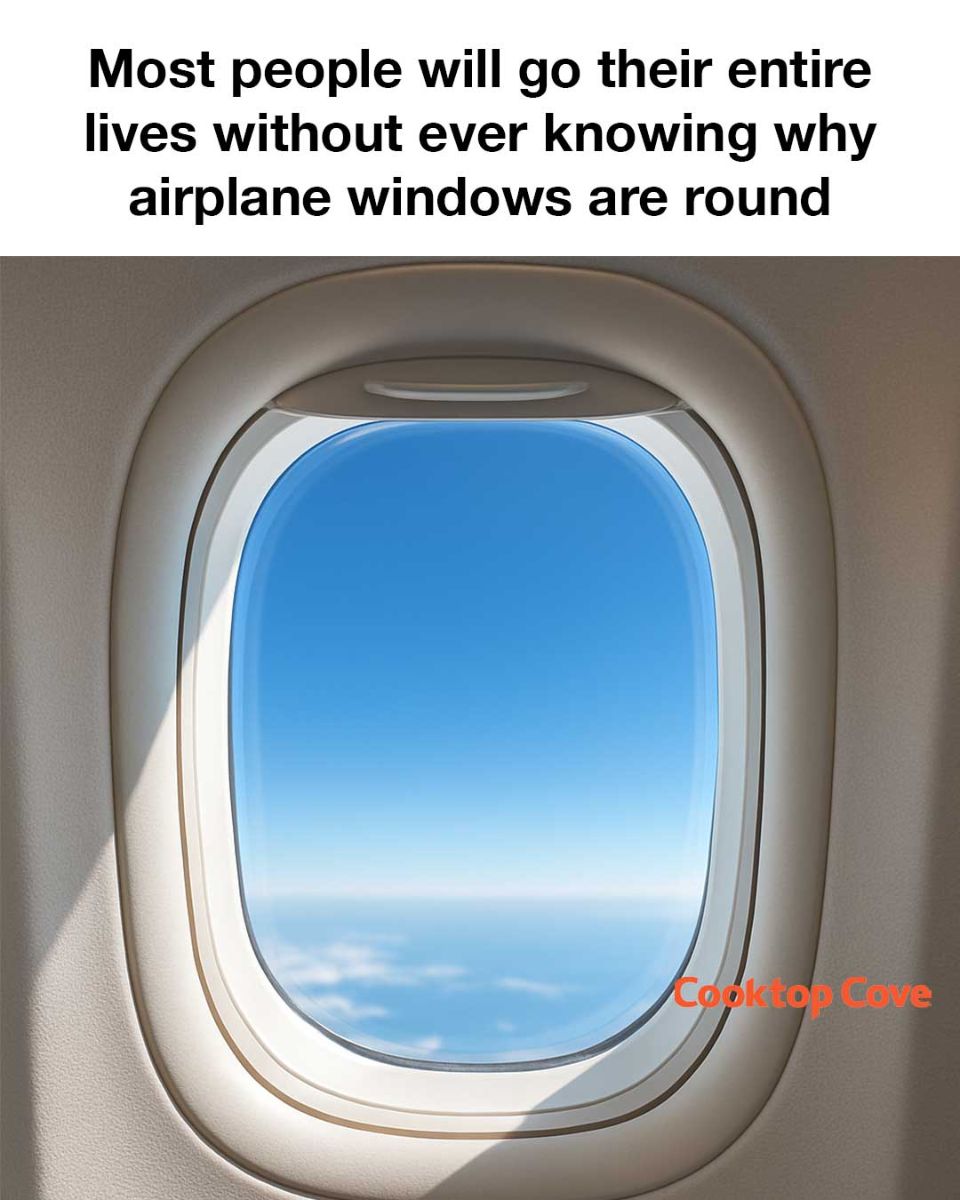Reason Three: Prevention of Stress Concentration
Stress concentration is a critical concern in aircraft design, as it can lead to material fatigue and failure. Square or rectangular windows have corners that act as stress concentrators, where forces can accumulate and cause cracks to form. By using round windows, designers eliminate these stress points, reducing the likelihood of material failure and enhancing the overall durability of the aircraft.
Reason Four: Aesthetic and Passenger Comfort
Beyond safety and engineering considerations, round windows also contribute to the aesthetic appeal and comfort of the aircraft cabin. The smooth, continuous lines of round windows create a more pleasing visual experience for passengers. Additionally, the design allows for better viewing angles, enhancing the passenger experience by providing unobstructed views of the sky and landscape below.
Reason Five: Engineering and Design Efficiency
From an engineering perspective, round windows are more efficient to produce and integrate into the aircraft’s fuselage. The uniform shape simplifies the manufacturing process and reduces the complexity of installation. This efficiency translates into cost savings for airlines and manufacturers, making round windows a practical choice for modern aircraft design.
Conclusion: The Importance of Round Windows in Aviation
The round windows of an airplane are a testament to the intricate balance of safety, engineering, and passenger experience that defines modern aviation. While most passengers may never consider the reasons behind this design choice, the benefits of round windows are profound. They enhance the structural integrity of the aircraft, ensure even pressure distribution, prevent stress concentration, and contribute to the overall aesthetic and comfort of the cabin. As aviation technology continues to evolve, the round window remains a crucial element of aircraft design, ensuring safe and enjoyable flights for passengers around the world.
